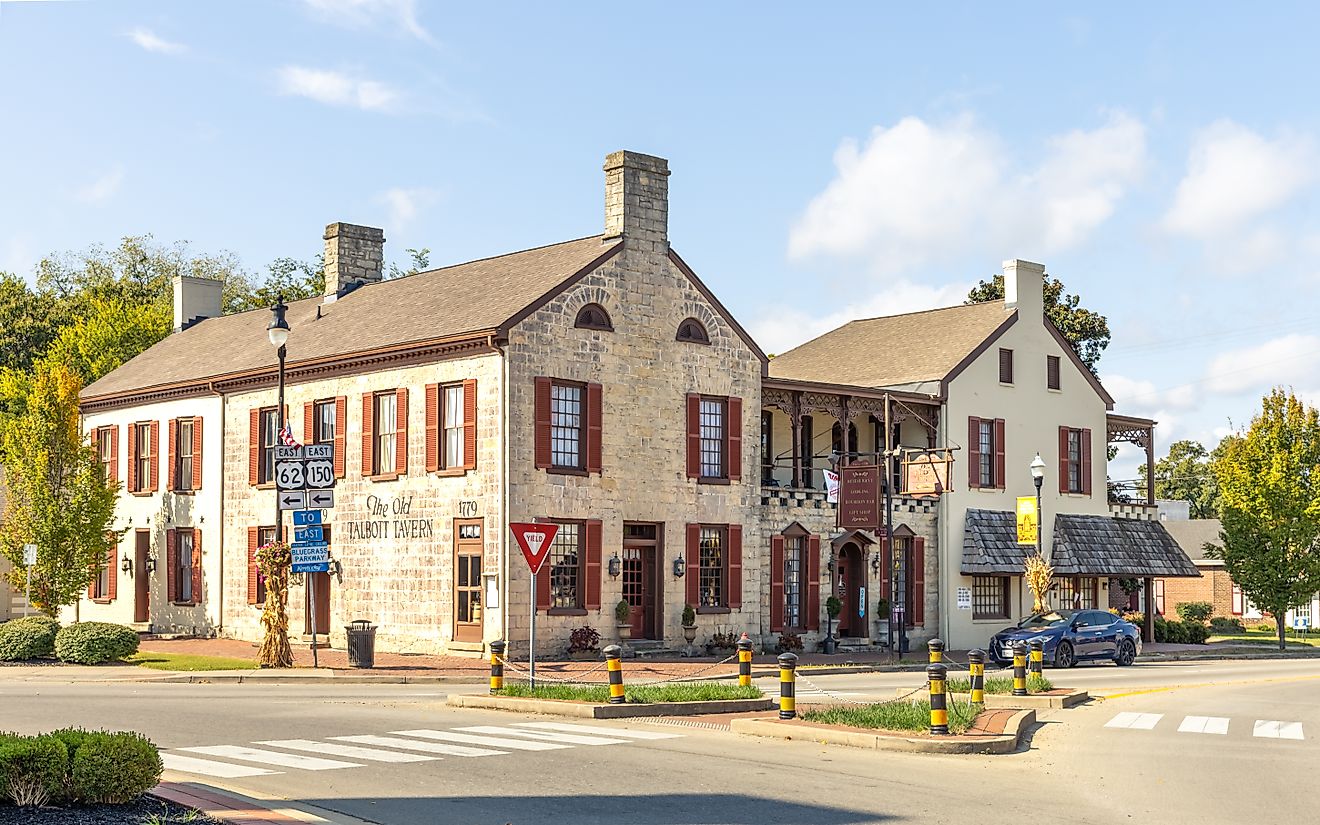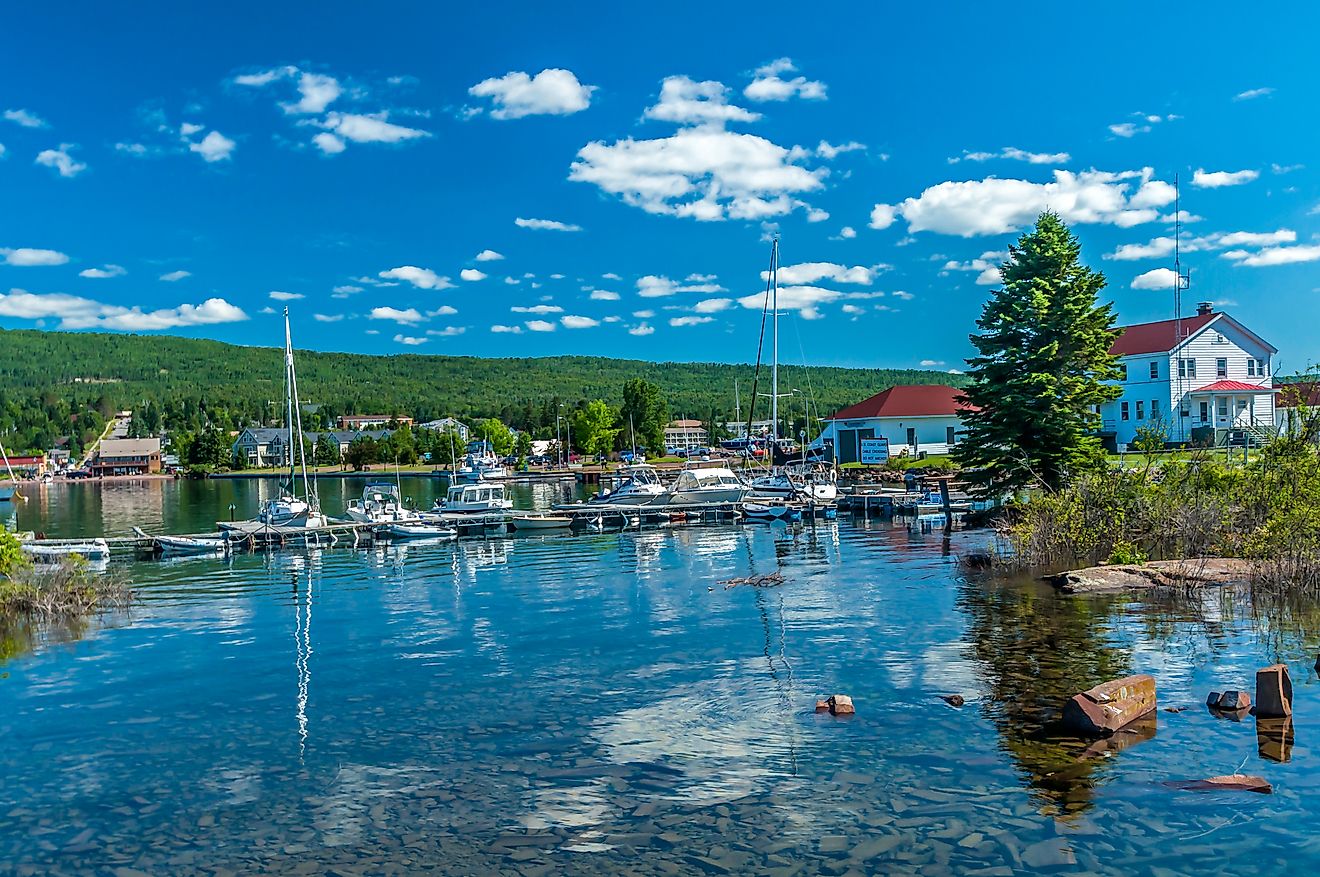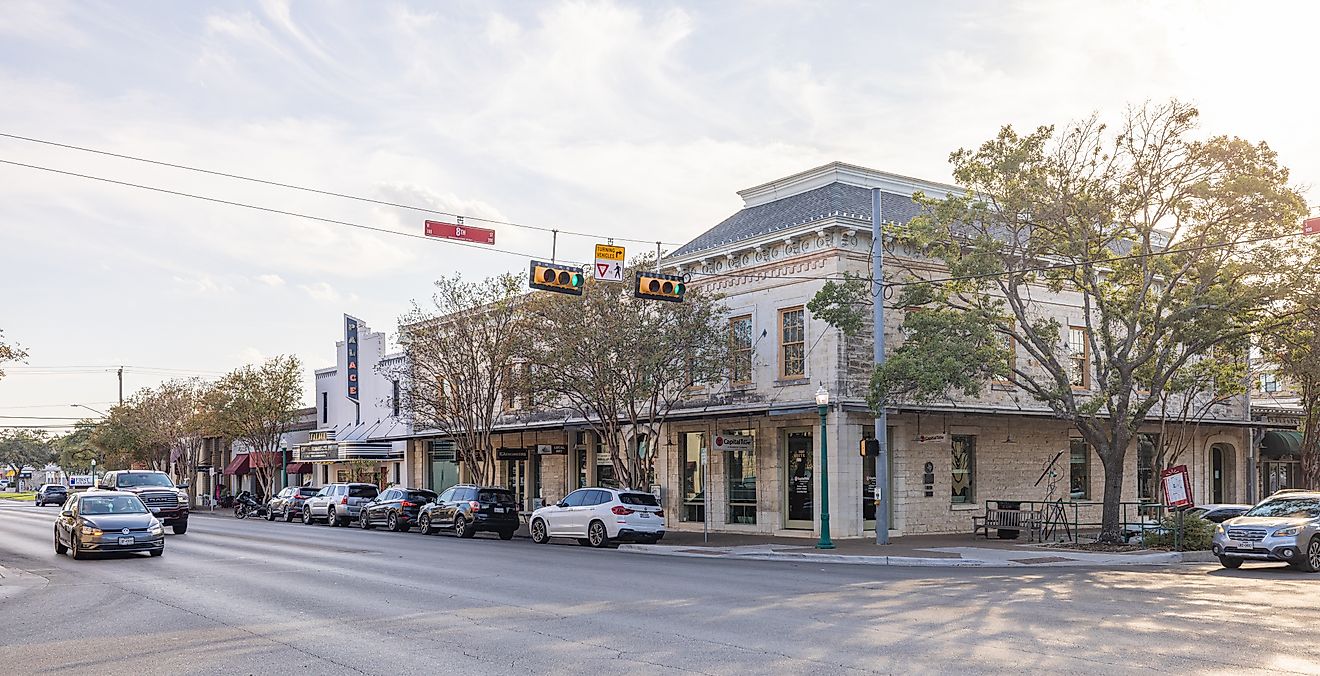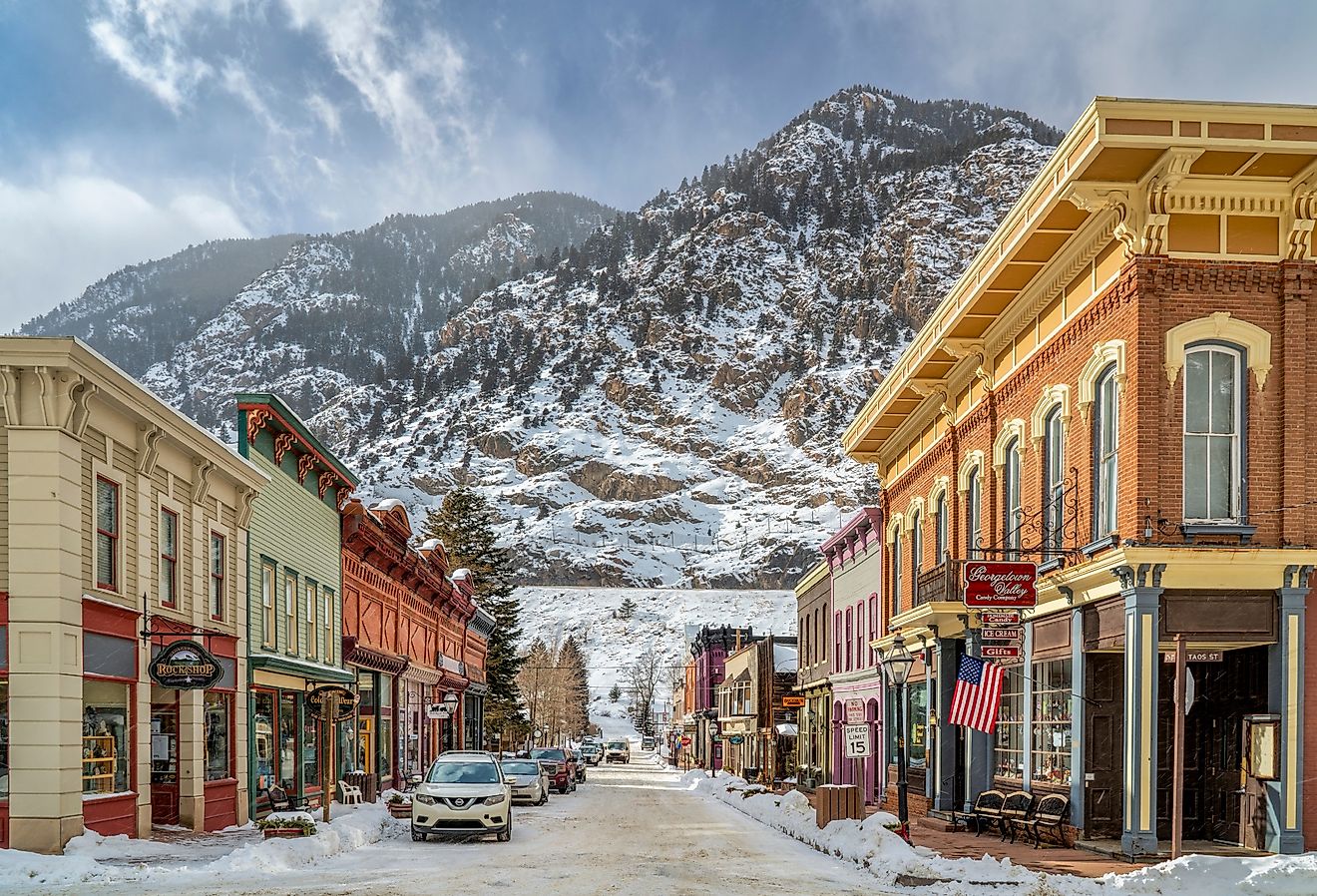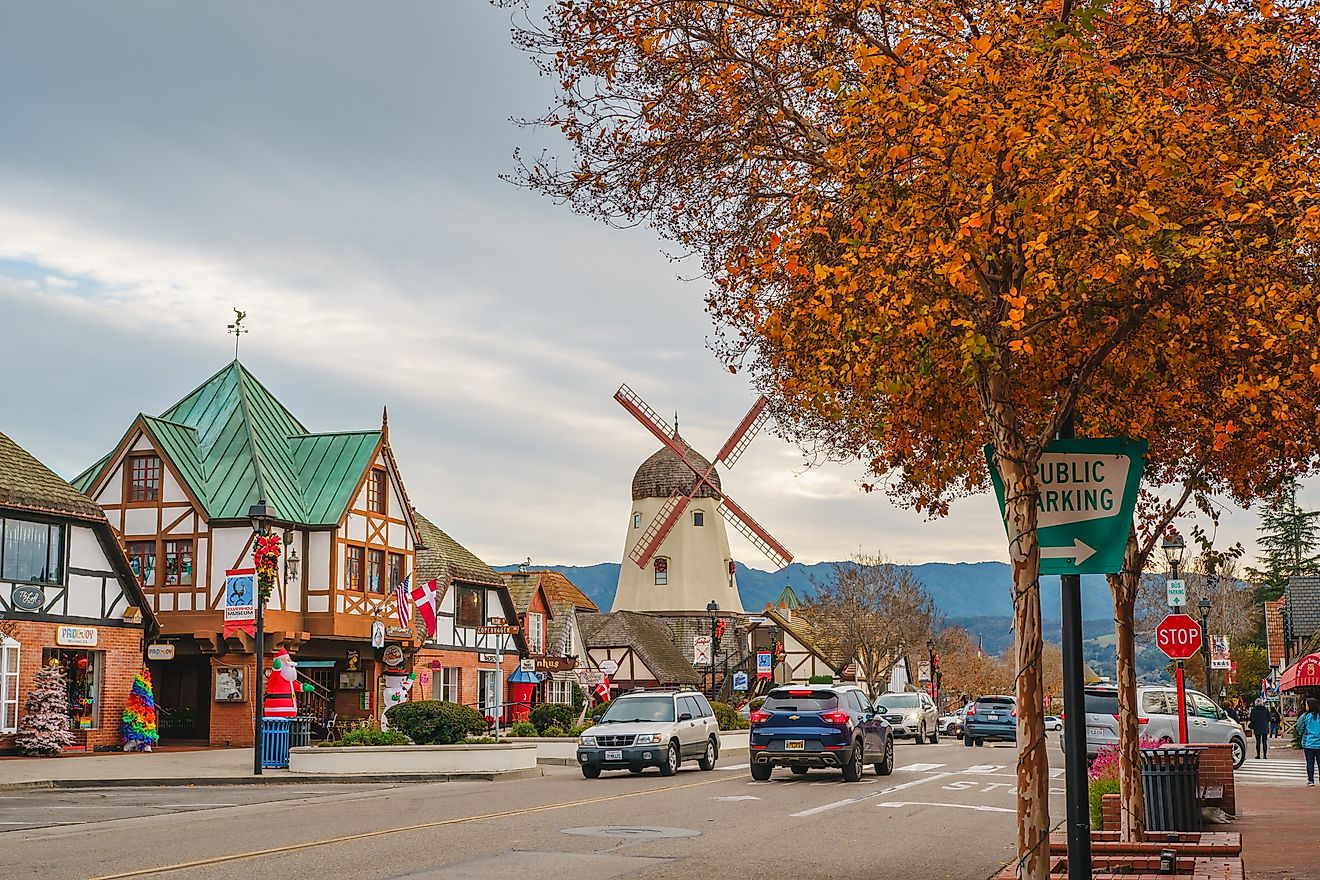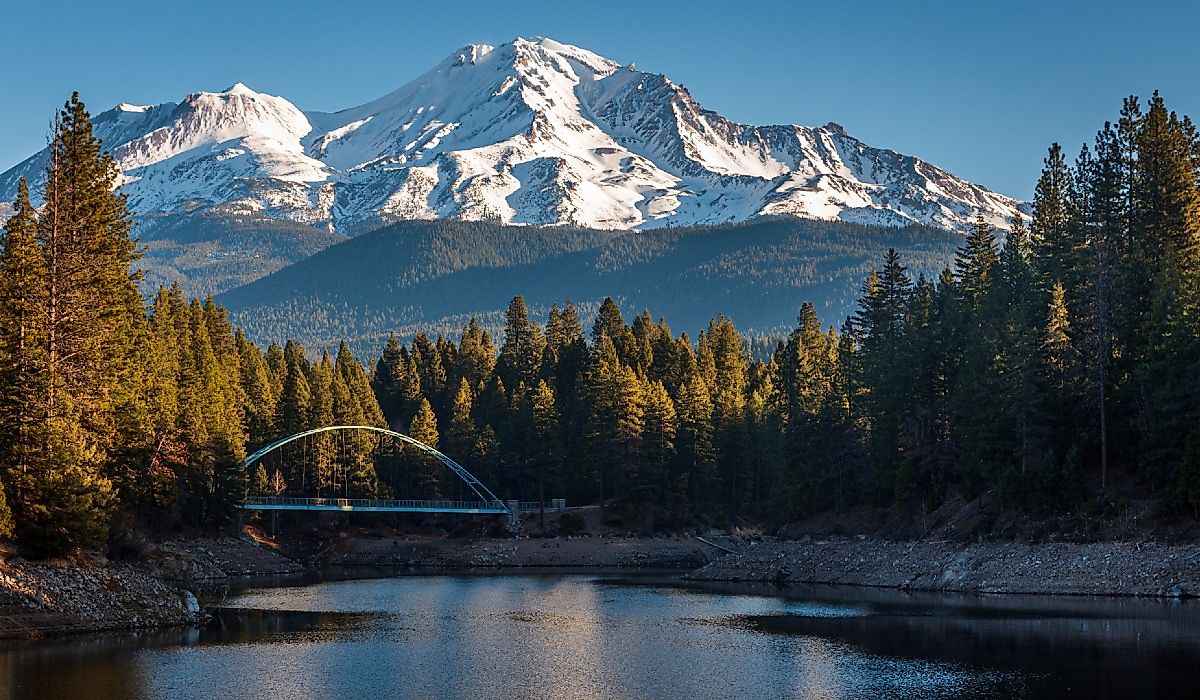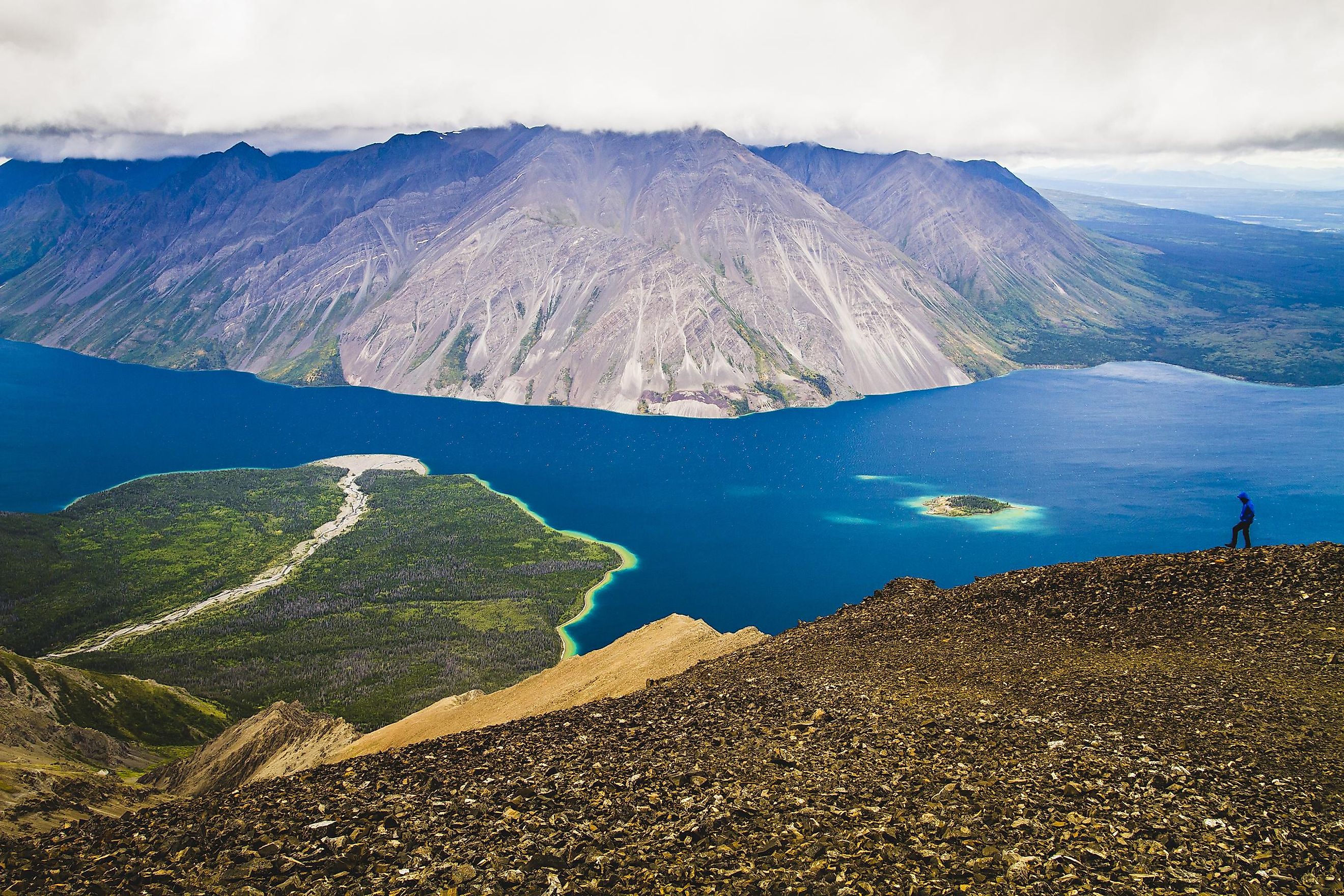
Kluane National Park
Kluane National Park and Reserve (Kluane National Park and Reserve of Canada) is an 8,499-square-mile park in Canada. The Park and Reserve protect the Canadian landscape in southwest Yukon. In the 1990s, researchers came across various animal and plant species, including spiders and pikas, on the peaks encircled by glaciers, an area called the nunataks. Its incredible landscape and wildlife have made it the world's largest protected area and a UNESCO World Heritage Site since 1979.
Managed by Parks Canada, Kluane First Nation, Champagne, and Aishihik First Nations, the park draws tourists from all over the world. Acclaimed worldwide for its wilderness recreation, it is interesting that the Kluane National Park and Reserve is home to seventeen of Canada's twenty highest peaks.
Location
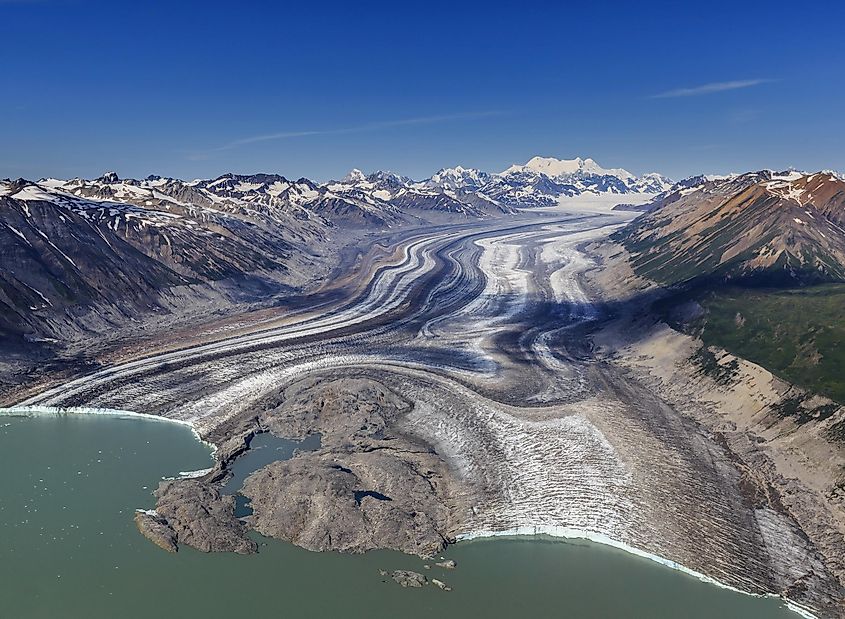
Located in southwest Yukon, northwestern Canada, about a hundred miles west of Whitehorse, it borders Tatshenshini-Alsek Wilderness Provincial Park in British Columbia to the southeast and Wrangell St. Elias National Park and Preserve in Alaska, US, to the west and southwest. The park is the furthest west point in Canada. The northern border, which is about eighty miles, comprises the Haines Road and the Alaska Highway. The administrative center and the main park visitor center of Kluane National Park and Reserve is the Haines Junction. The town has hotels, motels, restaurants, service stations, a bakery, a bank, and a post office.
Getting There
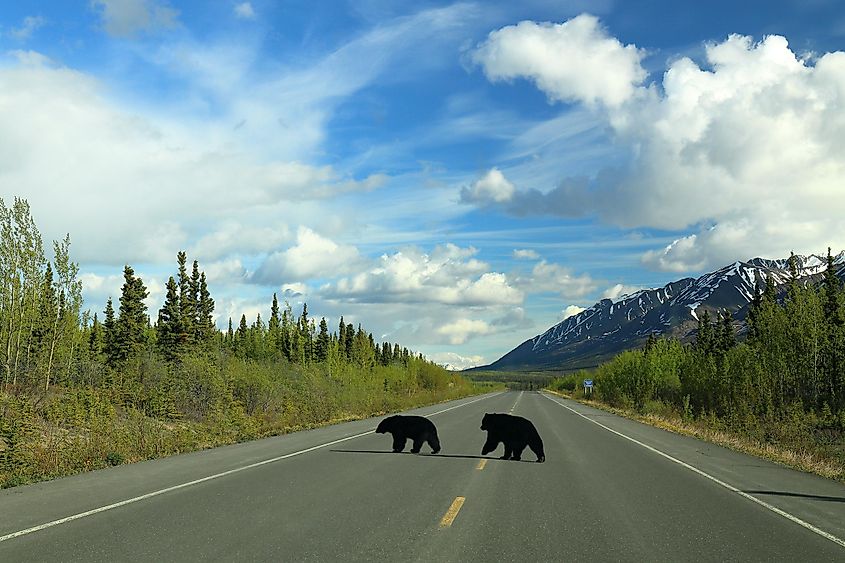
The common ways to get to Kluane National Park and Reserve are by air, car or bus, and ferry. The Whitehorse International Airport is closest to the park, about a 2.5-hour drive. Airlines like Air North, Air Canada, and WestJet fly from common cities like Vancouver, Victoria, Kelowna, and Edmonton, and during summer, cities like Fairbanks and Frankfurt also have flights. From the airport, it is best to travel by a rented car or a shuttle bus. The park is a 6.5-hour drive away from Anchorage, Alaska. Visitors can drive from Fairbanks or Anchorage via the Alaska Highway, following it south to Sheep Mountain (Thechàl Dhâl).
Many visitors opt for the Alaska Marine Highway ferry system to Skagway or Haines in Alaska. From Skagway, visitors can drive to Whitehorse and then to Haines Junction via the Alaska Highway. From Haines, visitors can reach Haines Junction via Haines Road.
Choosing to travel alone or with a guided tour is a personal choice. Many bus companies in the Yukon Territory offer services from Whitehorse to other parts of the territory, including Kluane National Park and Reserve. The guided tours include sightseeing tours, hiking tours, and wildlife tours. These tours are helpful since they include transportation to and from the park, and the guides are experienced in helping tourists navigate the park's best trails and attractions.
Landscape
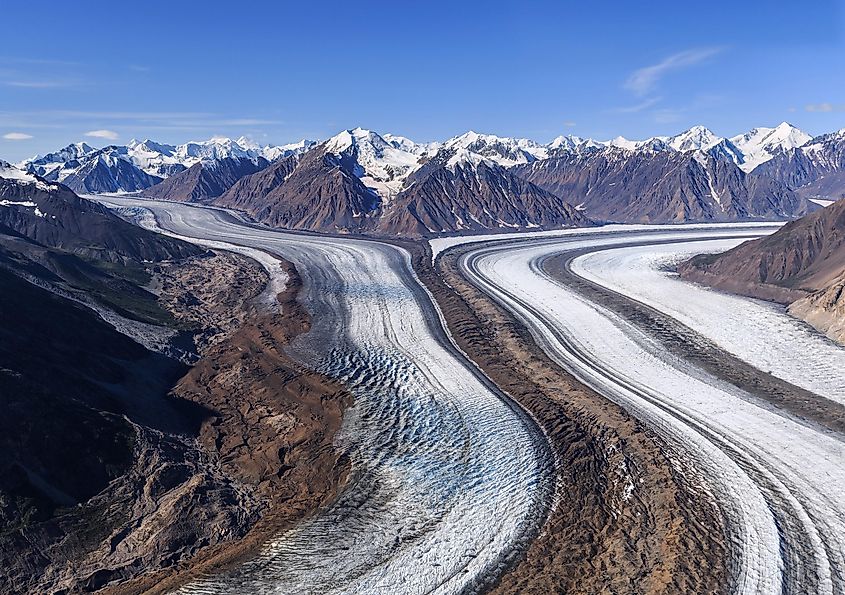
The landscape is overpowered by mountains, glaciers, and ice, making up about 82% of the surface area and landscape. The towering mountain peaks and huge valley glaciers, icefields, crystal clear lakes, boreal forests, special wildlife, wetlands, alpine tundra, and Southern Tutchone cultural heritage give it its unique identity. Characterized by its rugged elegance, peaks, and icefields, it also has diverse ecosystems that support a heterogenous population of vegetation and wildlife.
Geography
Dominated by two northwest–southeast-trending parallel mountain systems, the park has an area of 8,487 square miles. The highest point in Canada and the second-highest peak in North America, Mount Logan (19,551 feet), is located in the massive St. Elias Mountain range, which lies southwest. Other popular peaks in the St. Elias range are Mount St. Elias (18,005 feet) and Mount Lucania (17,162 feet).
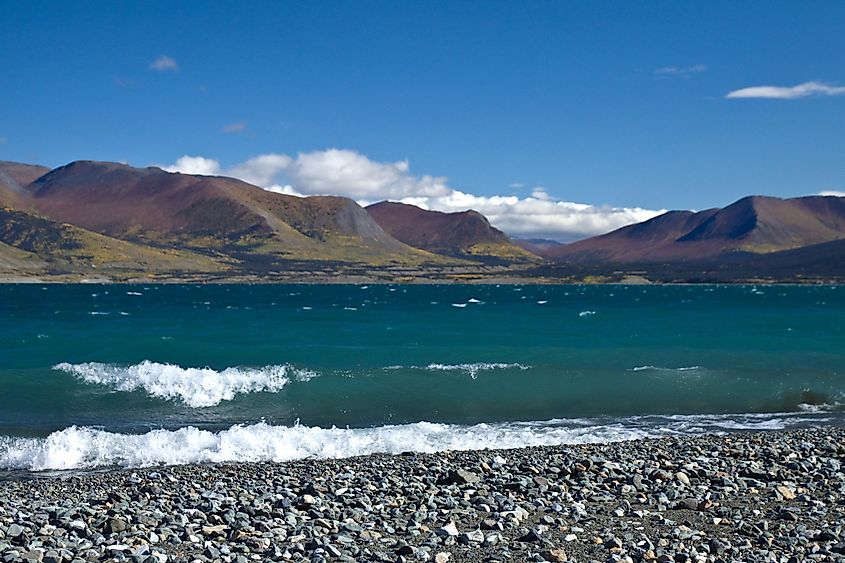
The St. Elias Mountains are separated by the valleys and plateaus of the Duke Depression from the Kluane Range of mountains located northeast. The Kluane Mountain Range, with peaks averaging 8,000 feet in height, runs parallel to the Haines Road and the Alaska Highway and is accessible on its eastern slopes from the Alaska Highway. The Kluane Range has more dense vegetation and wildlife than much of the rest of the park.
St. Elias Icefields, one of the world's largest non-polar ice fields amidst the mountain ranges, is an intriguing legacy of the last ice age. Huge amounts of snow accumulate as the wet Pacific air hovers over the St. Elias Mountains. From these icefields emerge valley glaciers. The prominent events of glacier movements are spectacular sights to see. Kaskawulsh Glacier and the Lowell Glacier are among the St. Elias glaciers.
The Canadian Heritage River, also called the Alsek River, is in the Kluane National Park and Reserve and is a popular river for activities like white water rafting. Native Americans avoided the use of the river for trade as it was too rough to guarantee safe sailing. Located south of the town of Haines Junction, within the park, is another famous lake called Kathleen Lake. Rivers flowing throughout the park and reserve include the Kluane River, Duke River, Donjek River, Dezadeash River, and Kaskawulsh River.
Brief History
The Southern Tutchone-speaking First Nations have inhabited the region since the last Ice Age. The park is the traditional territory of three First Nations groups – Champagne and Aishihik, Kluane, and White River.
The late 1800s and early 1900s gold rushes attracted non-Indigenous people to the area, and its alluring landscape began attracting tourists, adventurous folk, and outdoor enthusiasts to the spot. The opening up of the Alaskan Highway along the park's eastern boundary spearheaded the development of the Kluane Game Sanctuary in 1943. The Canadian government established a meteorological station in the area in the 1940s that paved the way for an airstrip and a small community. In the 1950s and 1960s, the government authorized geological surveys, leading to the Kluane Reserve's institution in 1976. While part of the land was set aside in 1972 for the establishment of a national park, pending settlement land claims of the First Nations delayed the process. Only when land claims were settled and the Champagne and Aishihik First Nations came to an agreement over an eastern portion of the Reserve it became a national park in 1993.
Today, the natural and cultural resources of the park are jointly managed by Champagne and Aishihik First Nations, Kluane First Nations, and Parks Canada. The park gets its name from Yukon's largest lake, which borders the park. Since its establishment, the region is now a famous tourist destination welcoming outdoor enthusiasts and nature lovers.
Vegetation
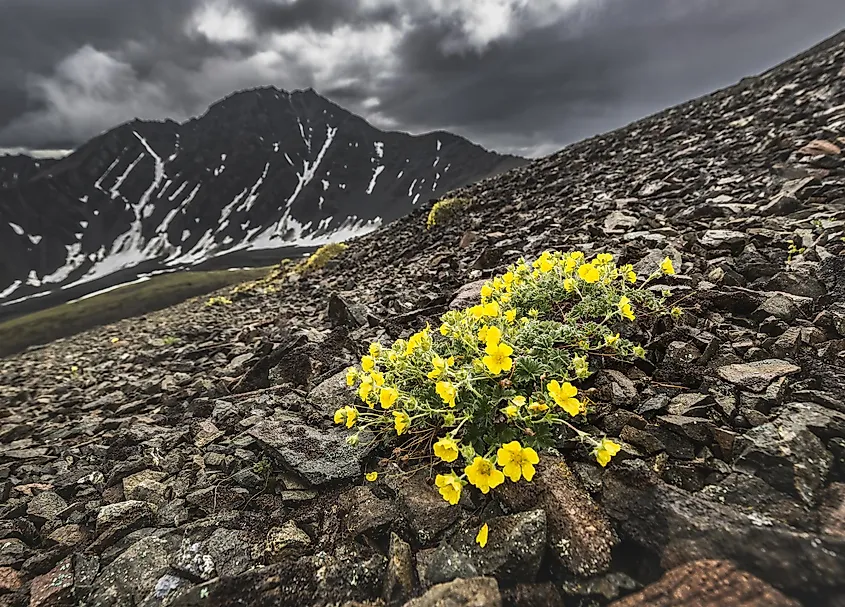
Called the 'Green Belt,' about 20% of the park has diverse plant life that is made up of distinct species unique to mountain, coastal, arctic, and northern prairie regions. The reason for such diversity among plant life here is attributed to the overlap of the Arctic and Pacific air masses over the Kluane National Park and Reserve.
Depending on the local conditions, the treeline is at 3,500 to 4,000 feet. Montane forest including balsam poplar, white spruce, and trembling aspen covers much of the park's lower slopes and valleys. Stunted shrubs or low-growing vegetation such as dwarf birch, willow, and alder lie in the transition zone or subalpine area, which helps protect smaller plants. In summer, the colorful arctic flowers cover the elevated regions of the alpine tundra (4600 feet) with a flourishing variety of over 200 alpine flora.
Wildlife
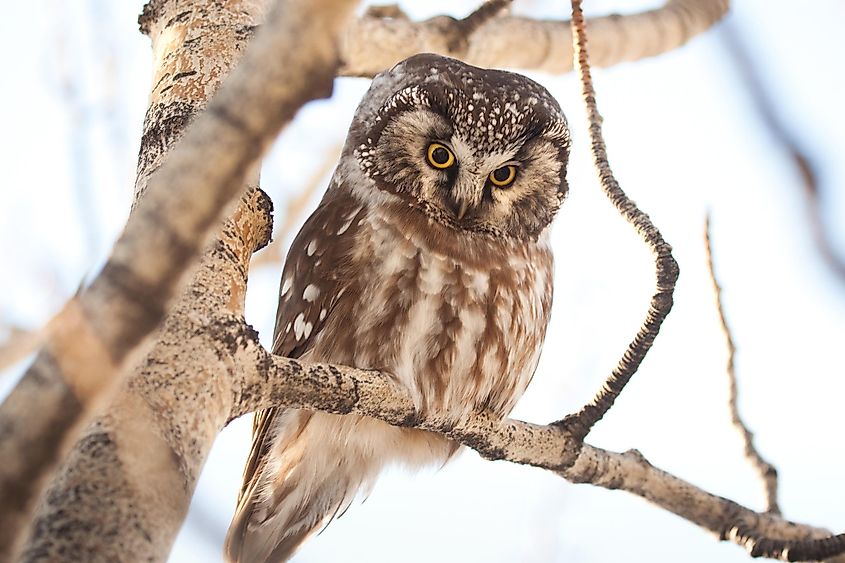
There are more than 150 diverse species of birds, 118 of which are within the boundaries of the park. Birds that can be spotted on a favorable spring day are different types of thrushes, mountain bluebirds, rock ptarmigans, and yellow-rumped warblers. Birds of prey such as golden eagles, bald eagles, and peregrine falcons reside within the park.
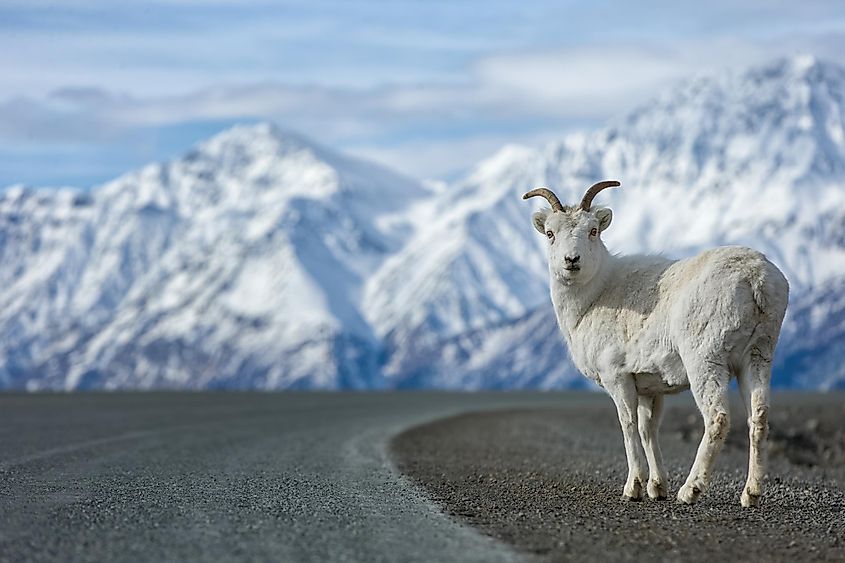
Dall sheep are large mammals found in large numbers in the park. They resemble mountain goats with white coats and brown horns. The park also has mountain goats that can be spotted along the ledges in the south and rocky cliffs of the park. The largest subspecies of moose (Alaskan-Yukon race) in Northern America is another fascinating species that are found here. Small herds of caribou are common to the Duke River area of the park. Grizzly bears travel between the valleys and alpine meadows depending on the seasons, while black bears prefer forested regions of the park.
Other species of animals include wolverines, Canadian lynx, deer, arctic ground squirrels, snowshoe hares, timber wolves, coyotes, river otters, muskrats, marmots, minks, beavers, and red foxes.
Attractions
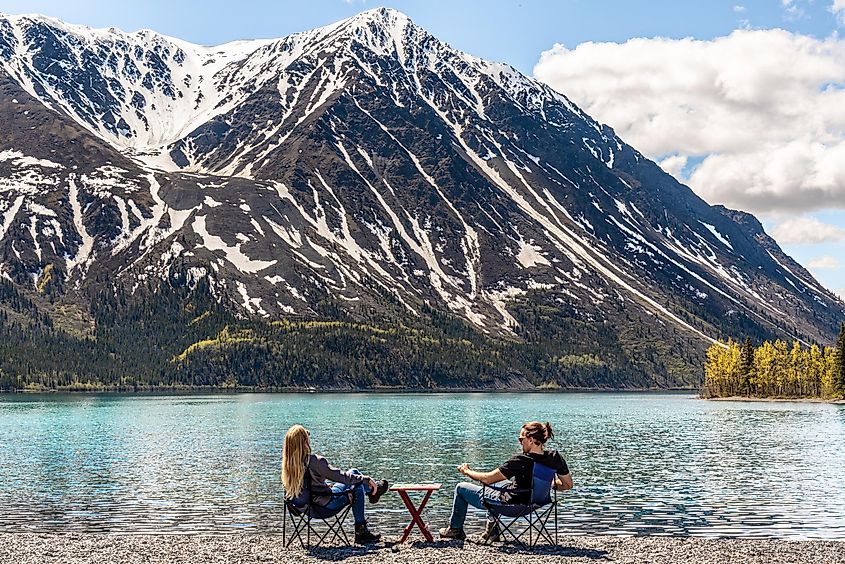
There are many great things to do and see at the Kluane National Park and Reserve, from discovering Mount Logan and the Southern Tutchone heritage to exploring wildlife and getting one with nature. The best places to gather useful information are the two visitor centers, the Kluane National Park and Reserve Visitor Centre and the Thechàl Dhâl' Visitor Centre. These centers provide expert advice and insights on activities as well as the park's natural and cultural treasures.
Hiking, kayaking, fishing, and water rafting are popular activities at the Alsek River, while boating, hiking, picnicking, and camping facilities are available at Kathleen Lake. Hiking trails in the park include St. Elias Lake, Mush Lake Road, Auriol Trail, Cottonwood, Bock's Lake to Congdon Creek, Bullion Plateau, King's Throne, Shorty Creek, Rock Glacier, and many more. Overnight hikes happen between April to November and require mandatory registration or backcountry permits and deregistration.
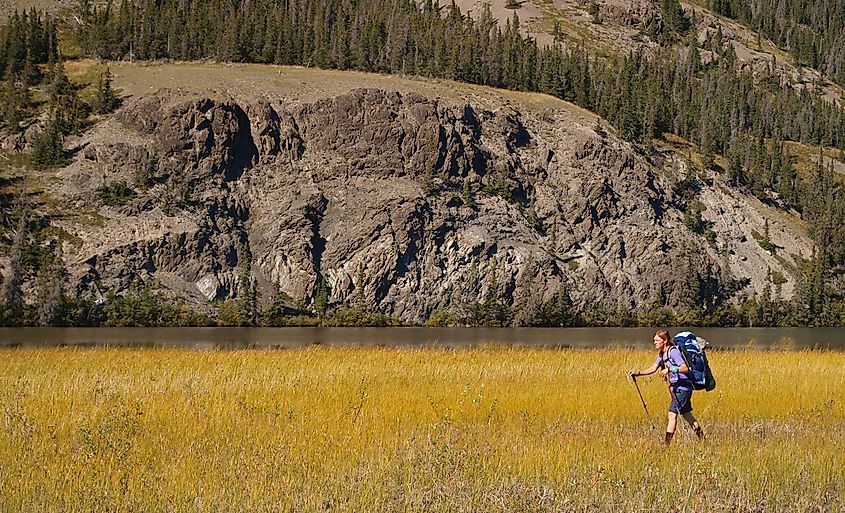
February and March are best for winter recreational activities such as skiing, snowshoeing, dog sledding, ice fishing, snowmobiling, and backcountry camping. Many companies provide some incredible experiences of peeking into the park's untouched interiors via flightseeing tours. In these tours, visitors get onto a helicopter or prop plane for a high-altitude view of Canada's high peaks, large icefields, and rivers of ice and sometimes these tourists are lucky enough to spot wildlife far beneath them. Visitors can also look out for events such as "Northern Nights" and "Artist in Residence Program" to plan for visits that will make the whole trip extra special.
Most tourists have their own personal reasons for visiting the park. Whether it is learning about Kluane's cultural significance, indigenous heritage, and history, exploring its wildlife and vegetation, participating in various activities, or just visiting the park to see the stunning Northern lights, there is much to discover. Visitors can rent cabins and/or hire tour guides for a more enriching visit. All those who visit Kluane National Park and Reserve are sure to leave with beautiful memories of unique experiences that will last a lifetime.


